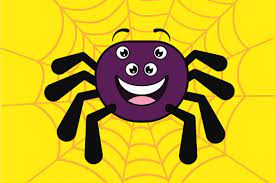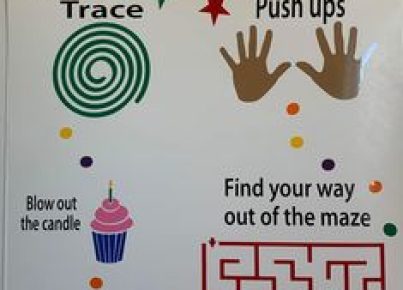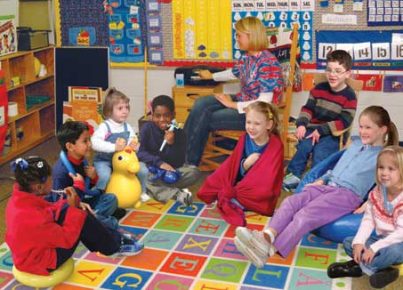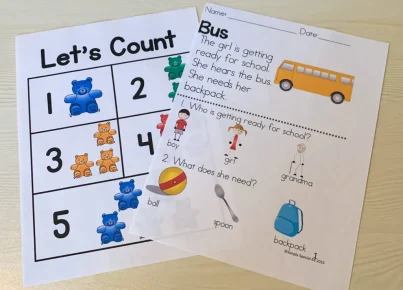Spiders are fascinating creatures that can be a source of endless fun and education for children, especially those in the magical world of special education. In this article, we explore 20 spider activities designed to engage and entertain while boosting essential skills for these amazing kids.
1. Sensory Spider Web: Create a large spider web using yarn or string, and let children explore the web by touch, discovering hidden treasures along the way.
2. Spider Web Obstacle Course: Set up a spider web-themed obstacle course using ropes or ribbons to help develop motor skills and encourage physical activity.
3. Counting Spiders: Use plastic spiders or spider stickers to practice counting, sorting, and basic arithmetic.
4. Spider Finger Puppets: Craft simple spider finger puppets with pipe cleaners and pompoms to enhance fine motor skills and encourage imaginative play.
5. Itsy Bitsy Spider Sing-Along: Sing and act out the nursery rhyme with accompanying hand movements to develop speech, language, and social skills.
6. 3D Spider Webs Art: Use pipe cleaners, glue, and glitter to create unique 3D spider webs, promoting creativity and spatial awareness.
7. Spider Web Walking: Place tape on the floor in a web pattern to help children practice balance and coordination while they follow the path.
8. DIY Spider Costume: Design simple spider costumes for dress-up fun that doubles as practice for dressing independently.
9. Sorting Spiders Activity: Sort plastic spiders by size, color, or type to develop categorization and problem-solving skills.
10. Spider Puzzles: Create spider-themed jigsaw puzzles to help improve focus, patience, and fine motor skills.
11. Reading Spider Stories: Read aloud from age-appropriate books featuring spiders or related themes to boost comprehension and listening skills.
12. Spider Facts Matching Game: Make a set of spider fact cards and have children match the facts to images or descriptions, supporting memory retention and knowledge.
13. Spider Charades: Act out various spider behaviors and encourage guessing to stimulate communication and teamwork.
14. Spiders in Nature Photography: Use a magnifying glass to explore and photograph spiders and their webs in nature, enhancing observation skills and appreciation for the environment.
15. Felt Board storytelling: Use a felt board and story pieces to create interactive stories featuring spiders, promoting creativity, and narrative skills.
16. Spider Life Cycle Illustration: Explore the life cycle of a spider using visuals and hands-on activities to deepen understanding.
17. Feed the Spider Game: Craft a large spider with an open mouth, cut out pictures of insects, and have children “feed” the spider by tossing insect pictures into its mouth—a fun way to develop fine motor skills.
18. Build a Spider Habitat: Research what spiders need to live comfortably in a terrarium or enclosure, then create it together as a project that allows observation of safe spiders up close.
19. Spider Web Treasure Hunts: Hide small treasures within a homemade spider web that children must carefully navigate to discover what’s hidden inside. This activity helps build balance, coordination, and focus while also being fun!
20. Classroom Spider Keeper: Care for a class pet spider (choose species appropriate for school settings) as a way to encourage responsibility, curiosity, and empathy toward living creatures.
With these engaging and educational spider activities under your belt, you’re ready to embark on an exciting adventure into the world of arachnids! Foster curiosity, creativity, teamwork, and essential skills by integrating these activities into your special education program today.





